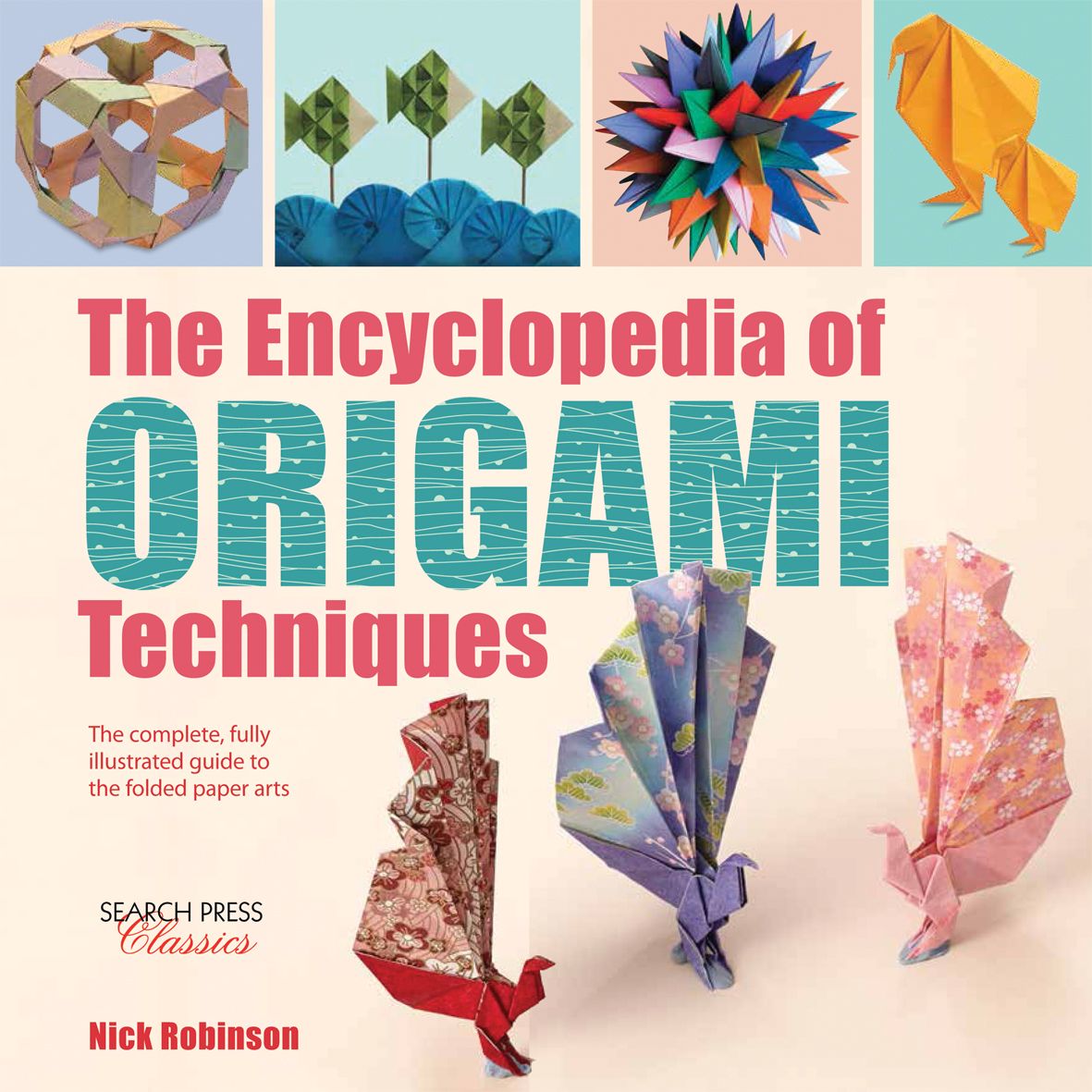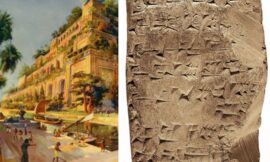
The art of origami is often thought to have originated in Japan during the 17th century AD.
It’s difficult to specify exactly where and when origami originated because paper decomposes relatively quickly making it hard to keep records. The art form in all likelihood developed in China in the first century AD and came to Japan sometime in the sixth century AD where it ultimately became a cultural tradition.
Originally due to the fact that paper was pricey, origami was an art form only practiced by the wealthy and was used for practical purposes such as folding letters. Samurai would gave each other little paper good luck charms known as noshi and paper butterflies were folded for Shinto weddings.
During the Edo period (1600 – 1868) new methods were developed to effectively mass produce paper. This is when origami began to fully develop into the art that we know today.
Origami instructions were passed down person to person and no diagrams were written until in 1797 when a book called Senbazuru Orikata (How to Fold 1000 Cranes) was published. In Japanese mythology the Crane was considered a sacred bird. As origami gained in popularity the custom that one would receive a wish or receive good luck from folding a thousand Cranes developed.
When other collections of diagrams began to get released origami was officially given a name.
The name origami comes from the Japanese verb oru which means to fold and the Japanese word for paper, kami. Putting the two together yields the word origami.
Modern origami was developed in the early 1900s by Akira Yoshizawa who is predominantly believed to be the grandmaster of origami. Akira Yoshizawa created the method of wet folding which involved moistening the paper before folding to give finished models more of a sculpted and three dimensional look. By 1989 he had invented over 50,000 models and published eighteen books.
During the 1980s a group of folders started to to investigate the mathematical properties of origami. With the addition of computer software it was possible to create astoundingly complex models such as the ones you see today.
Interestingly enough, Japan isn’t the only country with a vibrant origami history. Origami was also developed by the Moors of Africa.
While Japanese origami is famous for creating depictions of animals, Islamic traditions did not allow for artists to create depictions of living creatures. This was based on the second commandment of the Ten Commandments forbidding the creation of graven images.
The Moors instead investigated the mathematics of origami and developed detailed shapes and tessellations.
When the Moors invaded Spain in the 8th century AD they brought origami with them and soon after it began to spread around Europe.



